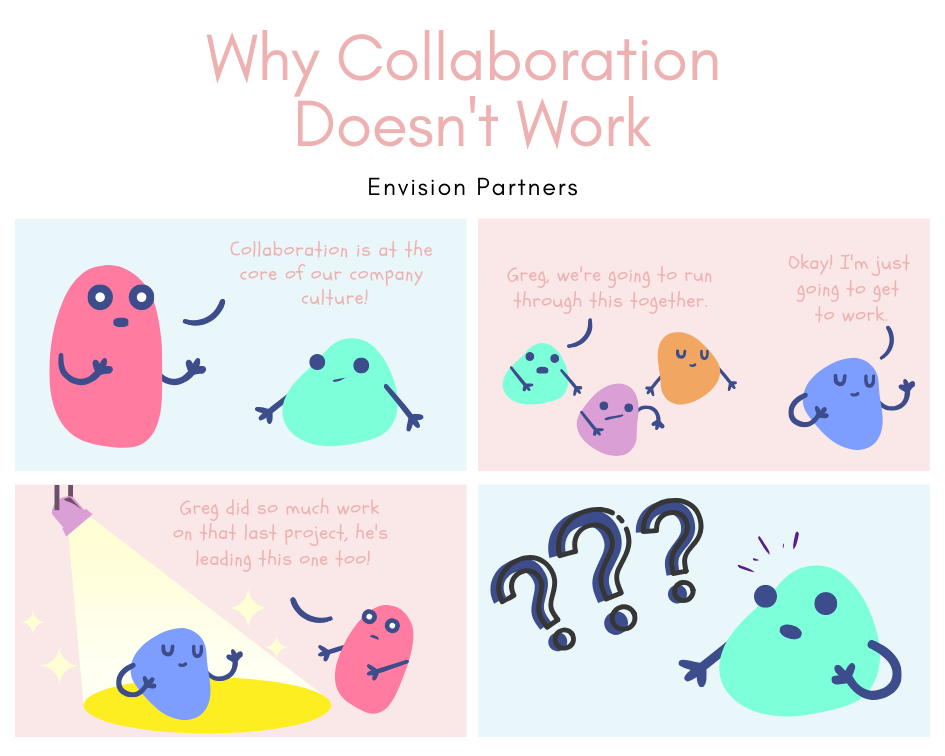Change Your Ringtone
Psst… We need your input! See the boxed text below to learn more!
Second only to one-on-one meetings, the group meeting is the most common tool a manager uses to get work done through others. We’ve attended a lot of meetings, but when we are responsible for calling and leading meetings, this event takes an entirely different level of importance. We quickly realize the amount of resources an ineffective meeting can eat up, and we realize how powerful an effective meeting can be to helping meet our objectives as a manager—alignment, accountability, communication, decision-making, exploring ideas, innovation, listening, strategizing, visioning—to name a few.
Meetings are kind of like smart phones. There are a lot of potential functions besides answering telephone calls (or answering your supervisor’s email while on a date). We need to learn how to use the other functions and change the settings to get the full utility out of our device.
Any agenda topic can be thought of as a group conversation in which you are either expanding your ideas and options (divergence), or you are converging ideas in order to make a decision and take action. Productive conversations include both divergence and convergence
When planning an agenda topic for a meeting, build in adequate time for both divergent and convergent discussions. Provide time and safe space for all members of the group to explore and share opinions and allow time to summarize these views toward a decision. These two types of discussions require different meeting management styles. During divergence you want to be inclusive of everyone and all types ideas, expand on ideas and generate alternatives. During convergence you want to shift the discussion toward categorizing, summarizing, evaluating and testing agreement.
- When beginning a new agenda idea, state the desired outcome—a decision, information gathering, commitment.
- When diverging, encourage differences of opinions, ideas and options. Do not dive into each idea. Gain basic clarity and move on to new ideas. (This will be your biggest watch-out)
- Keep the team focused on the agenda. If an unrelated topic of interest arises, ask to put it on a different list for consideration at another time.
- Signal to the team when you sense there has been enough input and you are ready to start converging ideas. This signal should not come when you see an idea you like.
- Once ideas are generated create categories and themes to simplify the list of options.
- Propose or ask for ways to synthesize ideas or create selection parameters to help organize and reduce the number of ideas.
- Discuss. Give all ideas appropriate airtime. Watch your own biases.
- Throughout the discussion get a feel for the favored or most appropriate idea. Test for a decision (if needed vote or state your choice), give your conclusions and why. Collect and understanding of agreement before closing the discussion of any one topic.
- Use the last 10% of your meeting time to record and share meeting agreements outcomes and actions.













